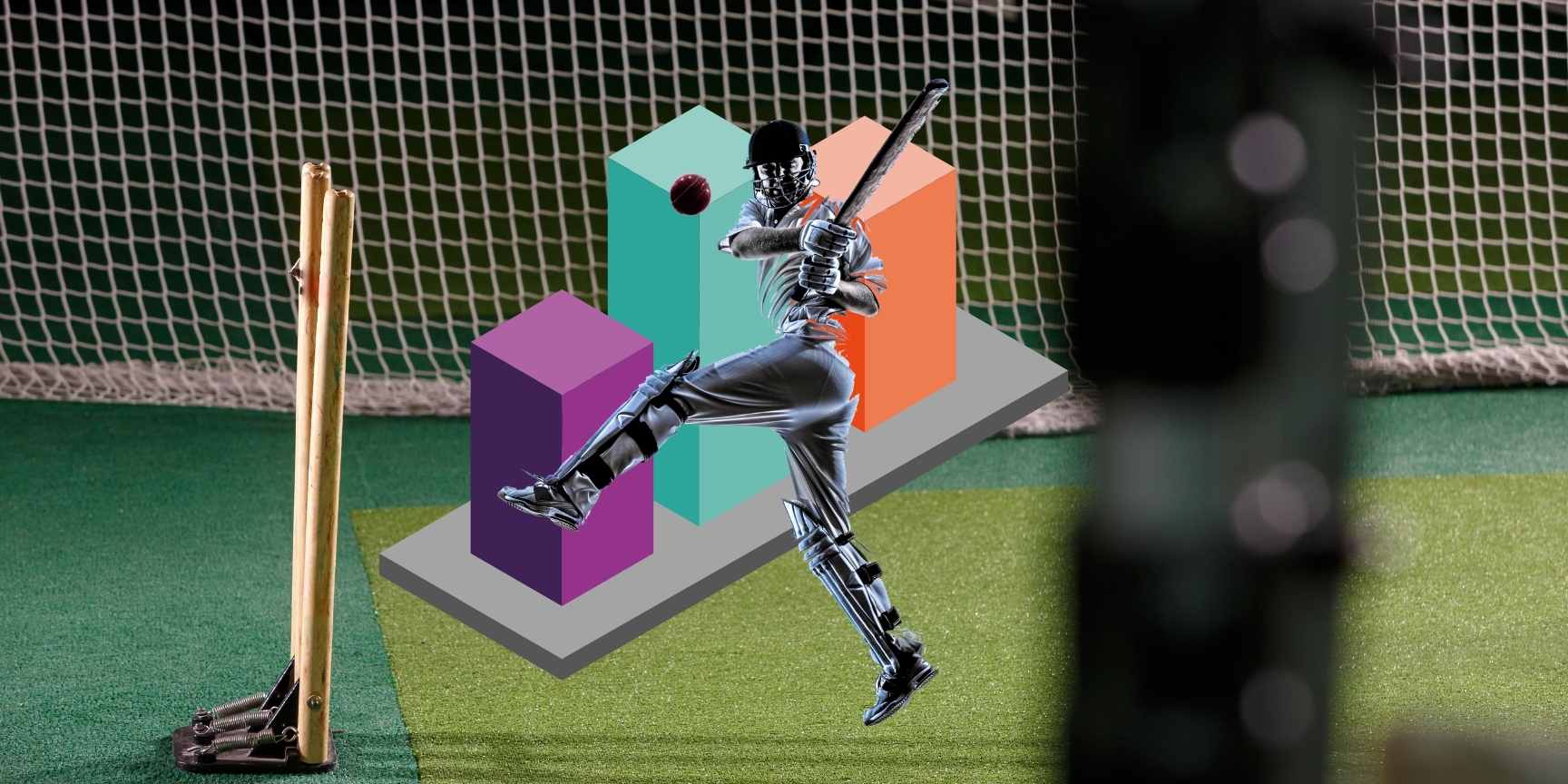The phrase “strike rate” in cricket has several meanings. Which interpretation is correct based on the type of player the term is referring to! A strike rate, for example, can imply one thing when referring to a batter and another entirely different thing when speaking to a bowler!
As you can see, it’s another one of those cricket terminologies that newcomers to the game will see on a scorecard and have no idea what it means.
I’ll discuss what strike rate implies when it comes to batsmen and bowlers in this piece. I’ll also explain how it’s calculated and provide information on which professionals in international cricket have had the best strike rates, as well as answer a few additional queries you might have.
What does Cricket Strike Rate Means?
So, what exactly does the term “Cricket Strike Rate” imply? For batsmen, a strike rate is a number that represents the average number of runs scored per 100 balls faced by the batsman. A high batting strike rate denotes a more energetic batsman that scores quickly, whilst a lower strike rate is a hallmark of a more conservative batsman.
Strike rate is a metric that shows the average number of deliveries a bowler must bowl to dismiss a batsman.
In this situation, a lower strike rate is preferable because it implies the bowler will need to bowl fewer balls to be successful. The strike rates of batsmen and bowlers can be averaged over the course of a game or a player’s career.
How to Calculate Your Cricket Strike Rate?
To calculate a batsman’s strike rate in cricket, divide the overall amount of runs obtained by the number of deliveries faced. After you’ve done that, multiply your solution by 100 to get the batsman’s strike rate.
What’s the Difference Between Strike Rate and Bowling Average?
The distinction between bowling averages and bowling strike rates is frequently misunderstood. Let me clarify any misunderstandings! A bowling average is the number of runs a bowler will give up for each wicket he or she takes. For example, if a bowler takes two wickets but also gives up 50 runs, their bowling average is 25. For every wicket they took, they gave up 25 runs.
The distinction between the two phrases is that the bowling strike rate relates to how many attempts a bowler must bowl with each wicket that can take, as we’ve already explained.
What’s the Difference Between Strike Rate and Batting Average?
A batsman’s batting average is the number of runs he or she scores on average in each innings. Basically said, batting average refers to how many runs a batsman scores irrespective of the number of balls he or she faces. The batting strike rate is being used to determine how quickly a batter score runs.
Now I hope that this article had to helps you understand about strike rate in cricket. If you have still any confusion then you can feel free to comments we will reply to you.

